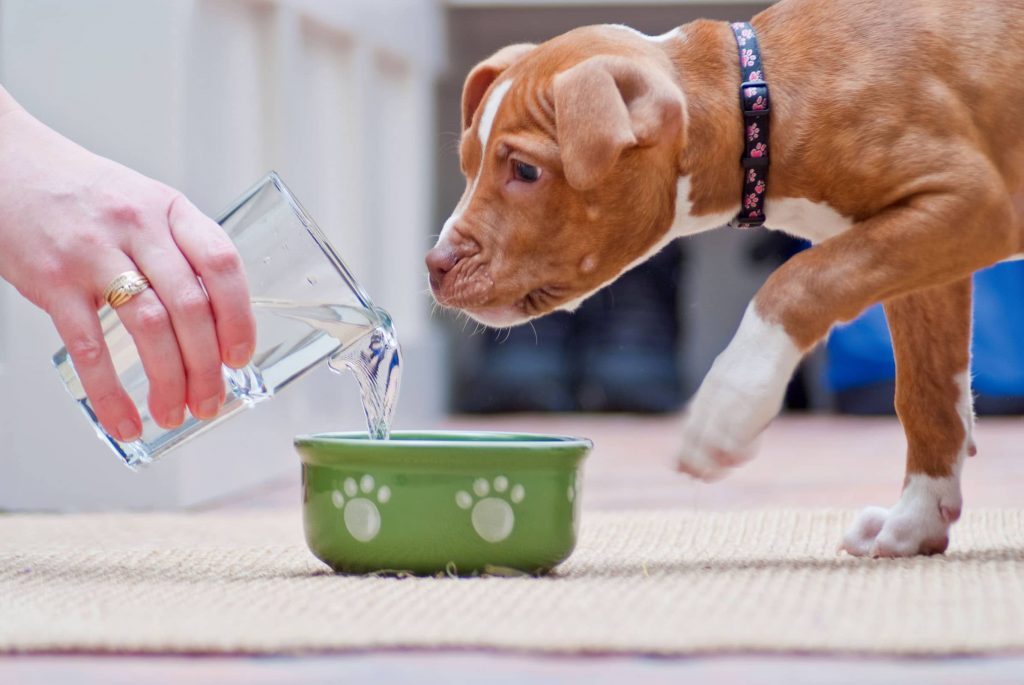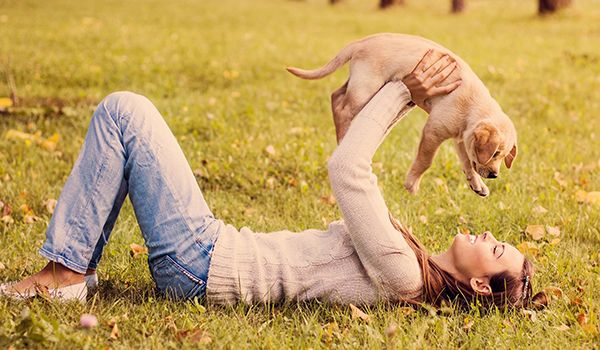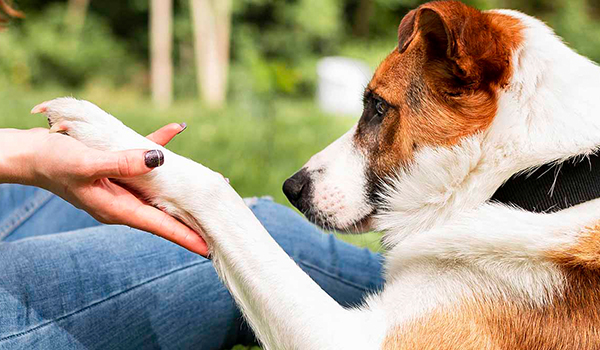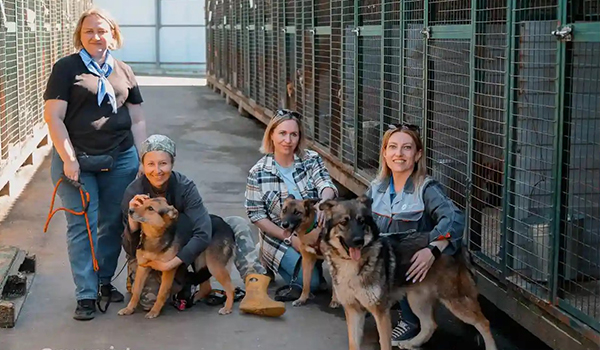
Bringing a rescue dog into your home is an incredibly rewarding act of love. You’ve given them a second chance at a happy life. However, it’s crucial to remember that your new companion is likely overwhelmed, confused, and may have a history you know nothing about. Their behavior in the first few days and weeks is not a reflection of their true personality.
This is where the 3-3-3 Rule becomes an essential guide for every new adopter. This rule is a general guideline for the stages your new dog will likely go through as they adjust to their new life with you. Understanding it will help you set realistic expectations, build trust, and form a bond that lasts a lifetime.
What is the 3-3-3 Rule?
The 3-3-3 rule represents the common stages of adjustment: the first 3 days, the first 3 weeks, and the first 3 months. Think of it as a decompression timeline.
Stage 1: The First 3 Days – Feeling Overwhelmed
In the first three days, your new dog is probably thinking, “Where am I? What happens now?” Everything is new, strange, and scary. They are absorbing a tsunami of new sights, sounds, and smells.
What You Might See:
- Shutdown or Hiding: Many dogs are fearful and may not want to come out of their crate or hide in a corner. They may sleep a lot as their brain tries to process the overload.
- Testing Boundaries: Some dogs may test the limits to see what is allowed. This isn’t defiance; it’s information gathering.
- Lack of Appetite/Not Drinking: They may be too stressed to eat or drink normally.
- No Personality: They won’t show their true self yet. They are in survival mode.
How You Can Help:
- Provide Space: Give them a quiet, designated “safe zone” (a crate or a room with their bed) where they can retreat without being disturbed.
- Keep it Low-Key: Avoid overwhelming them with visitors, loud noises, or trips to the pet store.
- Establish Routine: Start a simple routine for potty breaks, feeding, and walks. Predictability is comforting.
- Manage Your Expectations: Don’t expect cuddles or playfulness. Don’t force interactions. Let them come to you.
Stage 2: The First 3 Weeks – Starting to Settle In
After about three weeks, your dog is starting to figure out the day-to-day routine. They are learning that this might be their permanent home and are beginning to let their guard down.
What You Might See:
- True Personality Emerges: You’ll start to see glimpses of their real self. They may become more playful, curious, or start to seek you out for affection.
- Behavioral Issues May Surface: As they get more comfortable, they may start exhibiting behaviors you didn’t see at first. This can include chewing, barking, resource guarding, or leash reactivity. This is normal! They are now comfortable enough to “act out” or show the effects of their past.
- Learning the Rules: They are beginning to understand the household rules and your schedule.
How You Can Help:
- Start Training: Begin gentle, positive reinforcement training. This builds communication and trust. Keep sessions short and fun.
- Continue Routine: Stick to the schedule. Consistency makes them feel secure.
- Be Patient with Setbacks: If a behavioral issue arises, address it with calm, positive redirection. Consult a force-free trainer if needed.
- Build Trust: Continue to let them approach you. Hand-feeding meals can be a powerful trust-building exercise.
Stage 3: The First 3 Months – Feeling Secure and Building Trust
By the three-month mark, your rescue dog is likely finally feeling secure in their new home. They have built real trust with you and understand the family dynamics and routine.
What You Might See:
- True Bonding: They have formed a strong attachment to you and see you as their person. You’ll see their full, true personality.
- They Feel “At Home”: They are comfortable in the home, know the routine, and act like they truly belong there (because they do!).
- Confidence Grows: A previously fearful dog may show increased confidence on walks and in new situations.
How You Can Help:
- Socialize: Continue to gently expose them to new people, places, and situations (at their pace) to build their confidence.
- Solidify Training: Continue practicing obedience commands and manners.
- Enjoy Your Dog! This is the stage where you truly get to enjoy the dog you’ve helped blossom.
“And Beyond”: The Journey Continues
The 3-3-3 rule is a fantastic framework, but every dog is an individual. Some may adjust faster; others, especially those with significant trauma, may take much longer. The journey doesn’t end at 3 months.
Long-Term Support:
- Patience is Forever: Continue to be patient. Some deep-seated fears or behaviors may take months or even years of consistent, positive work to overcome.
- Advocate for Your Dog: Protect them from situations that scare them. Don’t force them to be greeted by strangers or dogs if they are uncomfortable.
- Celebrate Small Victories: Every step forward, no matter how small, is a reason to celebrate.
Adopting a rescue dog is a marathon, not a sprint. By understanding the 3-3-3 rule, you are equipping yourself with the empathy and knowledge needed to guide your new best friend through their transition. You are their safe harbor, and with time and patience, they will reward you with a loyalty and love like no other.




